Troublesome youth of Lee Harvey Oswald
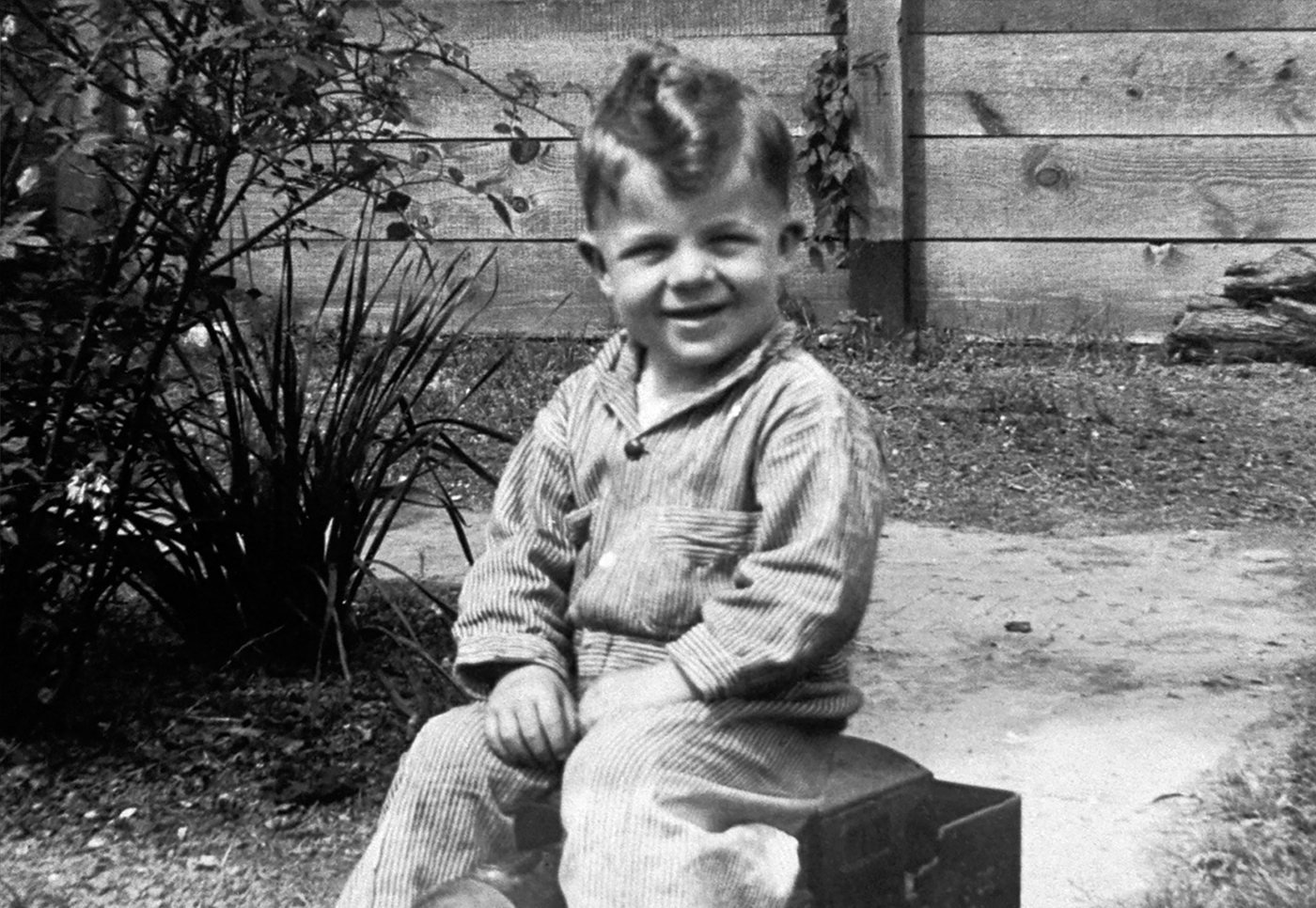
The just twenty-four-year-old Oswald had already experienced a lot by the time of Kennedy’s assassination in November 1963. This is the story of the troublesome youth of Lee Harvey Oswald.
He was, at birth on October 18, 1939, already half an orphan. His father, Robert Edward Lee Oswald (1896-1939), passed away two months before his wife gave birth, succumbing to a heart attack. Marguerite Frances Claverie (1907-1981) was left pregnant with their son Robert (1934) and John Edward Pic (1932-2000), a son from a previous marriage. The family lived in New Orleans, in small homes in ever-changing neighborhoods. Not the nicest areas, as John Pic later recalled in a statement to the committee investigating Kennedy’s assassination. Mother Marguerite had a full-time job taking care of the children, and money was tight. She had various unskilled jobs and also ran a store in her home, selling sewing supplies and groceries. Aunt Lillian Murret, who had five children of her own, took care of Oswald when his mother was at work.
Shortly after his third birthday, Oswald was admitted to the same boarding school as his brothers. He spent thirteen months at the Bethlehem’s Children’s Home, a place his brothers had fond memories of, according to later statements. Mother visited her children regularly, and her youngest son often stayed with her or with Aunt Murret. Things were going well for Marguerite. She worked for a while at a lingerie store and, during that time, met Edwin A. Ekdahl, her new boyfriend. Marguerite fetched her youngest son from school in January 1944 and moved with him to Dallas. A few months later, John and Robert returned to the family. Ekdahl visited frequently, and in May 1945, he married Marguerite. It was her third marriage. Due to his job as a businessman, Ekdahl often traveled, and Marguerite frequently accompanied him. In the spring of 1945, they left Dallas, and the Oswalds settled in a suburb of nearby Fort Worth. To the outside world, these were good years, but unfortunately, the marriage between Edwin and Marguerite did not last long. There were frequent arguments, and he cheated on her with another woman. In the summer of 1946, she retrieved her oldest sons from boarding school, and they all moved to Covington, a village in Louisiana, where they had previously spent short vacations.
Lee Harvey Oswald was an introverted child. He performed well in elementary school in the village. His brothers returned to boarding school after the summer, leaving Oswald alone with his mother. However, in January 1947, Marguerite decided to give her husband a second chance, and the three of them moved into a house in Fort Worth. It was yet another move in Oswald’s young life; he was only eight years old but had already moved more times than many do in their entire lives.
Many arguments and another extramarital affair of Ekdahl finally led to a definitive separation in the first quarter of 1948. The family could no longer enjoy the benefits of Ekdahl’s good salary. As the eldest, John Pic, noted during a visit to his mother, “We are back in the lowest class.” That same year, they moved two more times within the city. Normal childhood years followed, in which Oswald remained a loner: few friends came home with him, and Oswald preferred to read or play monopoly or chess with his older brothers. He spent hours on his stamp collection. John and Robert grew older and got jobs to support the family, but in the early 1950s, both left the parental home. John joined the Coast Guard and moved to New York, while Robert enlisted in the Navy.
It was August 1952 when Marguerite decided to move to New York, following her eldest son. This way, Oswald wouldn’t feel alone when his mother was working. The twelve-year-old boy enjoyed the big city. Mother and son stayed with John Pic and his wife for a month, but that quickly went wrong. A trivial argument escalated: Oswald threatened Mrs. Pic with a pocket knife. Marguerite tried to calm the situation, but she had to find another place to stay immediately. She moved with her son to an apartment in the Bronx. Within half a year, there were two more moves within that district. Marguerite had multiple jobs. Her son went to three different schools but spent more time hanging out on the streets than actually sitting in classrooms. The new environment did not suit Lee Harvey Oswald well. He was arrested for truancy at the Bronx Zoo, and the authorities in the Big Apple, like mother Marguerite, didn’t know what to do with the uncooperative, uncontrollable boy. Oswald spent a few months in a psychiatric juvenile home where various examinations were conducted on him. A schizoid personality disorder was diagnosed, a condition characterized by a lack of interest in social contacts, a tendency to want to live life alone, and emotional coldness. He needed help, according to the doctors’ recommendations.
From that moment on, things got slightly better at school. Oswald’s brother Robert visited the family in New York and saw nothing alarming. However, experts advised intensive treatment for Oswald. Marguerite was not keen on her apple of the eye staying in a closed psychiatric institution again. She chose to escape and moved with him to the city where he was born: back to New Orleans. Oswald and his mother stayed briefly with aunt Lillian Murret before finding their own home in the spring. The boy started going to school more regularly and even had a friend, Edward Voebel. Marguerite had multiple jobs again. In the spring of 1955, they moved to the French Quarter, the famous and infamous district in New Orleans. Oswald was almost sixteen in October 1955 when he decided to drop out of school: he suddenly wanted to join the Navy, probably inspired by his brother’s stories. Given his age, he had to wait another year. In the meantime, he killed time with various simple jobs and reading books about the Navy that he had received from Robert. In anticipation of her youngest son leaving, Marguerite moved back to Fort Worth in July 1956. In October of that year, Oswald turned seventeen and was finally allowed to join the Navy, following in his older brother’s footsteps. Earlier that month, he did something remarkable: he wrote a letter to the Socialist Party of the United States, expressing interest in joining their youth organization. He declared himself a Marxist. The young man showed an unprecedented interest in ideological currents. Not only that, he had also developed a pronounced opinion on this matter and opposed the capitalism he had grown up with. Strikingly mature for a seventeen-year-old. It also did not align with his patriotic ambitions within the US Marine Corps.
At the Navy
On October 26, 1956, Lee Harvey Oswald reported to duty in San Diego, California, near the border with Mexico. He was 1.73 meters tall and weighed 68 kilograms. Tests showed above-average language development, which is remarkable given the dyslexia previously diagnosed in him, and a somewhat underdeveloped ability for exact subjects. His training with various rifles was alternately excellent and poor, but overall, he was an average shooter. Oswald was not particularly popular, and during free weekends, he distanced himself from the rest. In 1957, he underwent training in Florida and Missouri. His results in the Navy remained extremely variable: sometimes he belonged to the less skilled, and at other times, he excelled. In July, he was back in California, this time in El Toro. Two months later, he traveled aboard the USS Bexar to Yokosuka, Japan. During the long journey, he read a lot and played chess for many hours a day with Marine Daniel Powers. On September 12, Oswald set foot on Asian soil and began his stay in the city of Atsugi, about thirty kilometers from Tokyo. Atsugi housed a base of American U2 spy planes. Oswald belonged to a very select group whose main task was to guide American planes to their targets using radio communication. Additionally, he had to detect stray foreign planes, including Russian and Chinese ones, which could then be intercepted by the Americans. Oswald held a coveted position within the Navy, one that was not offered casually.
In October 1957, Oswald had an accident. He opened his locker, causing a loaded pistol to fall to the ground and immediately discharge. Oswald was hit in the elbow. A two-week hospital stay followed, as well as an investigation, after which Oswald had to appear before the military tribunal in April 1958. He lost his First Class status, had to perform twenty days of hard, simple work, and received a fine. Oswald had to face the tribunal again after he got into a fight with a sergeant two months later. In a drunken stupor, he insulted the man, and once again, Oswald was severely punished. He also saw some of the world: his duties took him to the Philippines, China, and Taiwan, among other places. He became a bit more assertive, a bit more mature. Presumably, he had his first brief relationship in Asia. He spoke some Russian and openly expressed his sympathies for the Soviet Union. His nickname in the Navy quickly became ‘Oswaldskovich.’
His time in Atsugi came to an end on November 2, 1958. A thirteen-day boat trip took Oswald to San Francisco, where he had a month off. Afterward, his second period in El Toro, California, began. Now, as part of a very select group of Marines, he formed a radar team responsible for controlling air traffic. He was appreciated by his superiors, but his peers gossiped about his misbehavior in distant Japan. Oswald was irritated by his unknowing colleagues and found it amusing to engage them in discussions where he could flaunt his knowledge of global issues and ideological currents. Because that was his great passion; naval life no longer interested him. Oswald was mainly concerned with social issues, the pros and cons of communism and capitalism. Marxism, in particular, still appealed to him. He learned to speak Russian better and subscribed to Russian magazines. He answered questions with ‘da’ and ‘njet’ and referred to his colleagues as comrades.
In the summer of 1959, Lee Harvey Oswald decided that he had had enough of the Navy. He wanted to quit and applied for discharge on grounds of dependency: his mother would need him to get by. These were false grounds, but Marguerite cooperated and claimed to be in need of assistance. Oswald’s wish was granted by the committee, and on September 11, 1959, he was free from his naval duties. With the committee’s granted permission, he received the status of desirable discharge, a very important honorable discharge. Oswald had wild plans: for reasons never revealed, he had applied to a school in Switzerland. However, he never started that education—perhaps it was something to fall back on if his other plans failed.
European Adventures
Oswald obtained a passport and then went to Fort Worth to be with his mother for a few days. He then traveled to New Orleans, where he arranged a $220 ticket for the boat to Le Havre, France, through a travel agency. He had told his mother that he wanted to work aboard ships for a while to earn a lot of money. However, Oswald had very different plans. At the height of the Cold War, he wanted to go to the heart of the American enemy: Moscow. On the morning of the departure, September 20, 1959, he wrote a letter to his mother. It was a temporary last sign of life for her from her youngest son.
What happes next? Check this article.

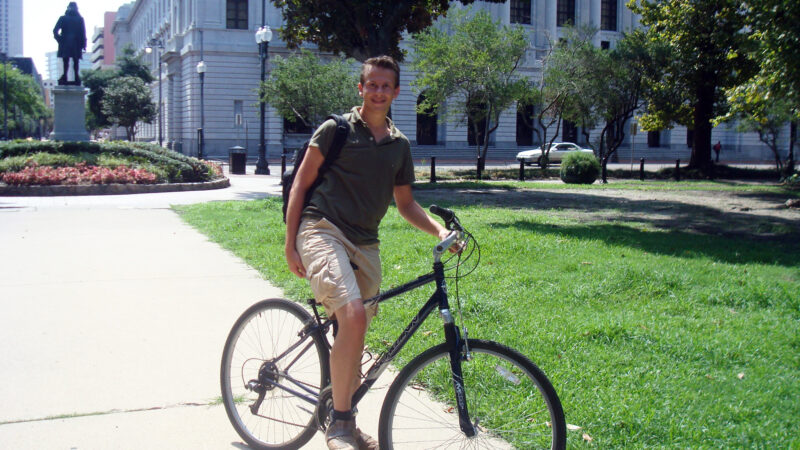
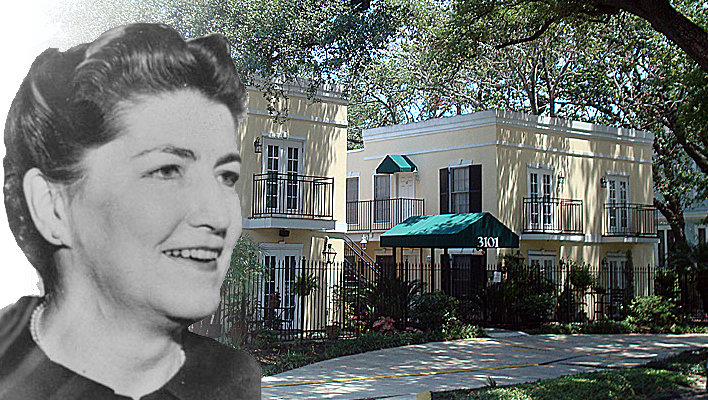
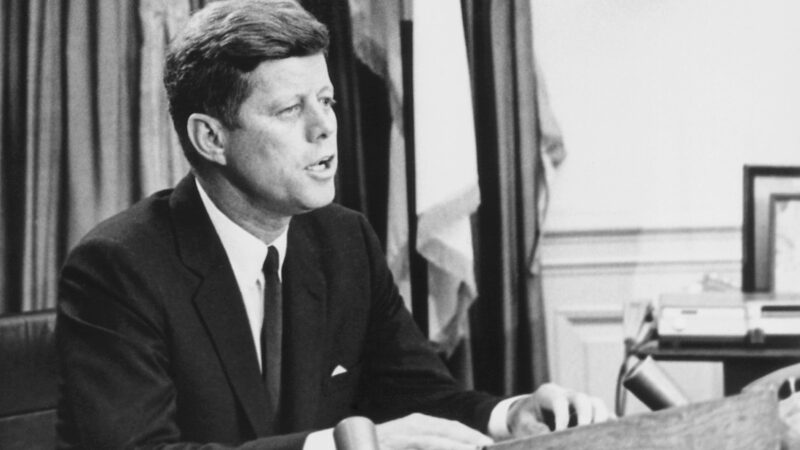
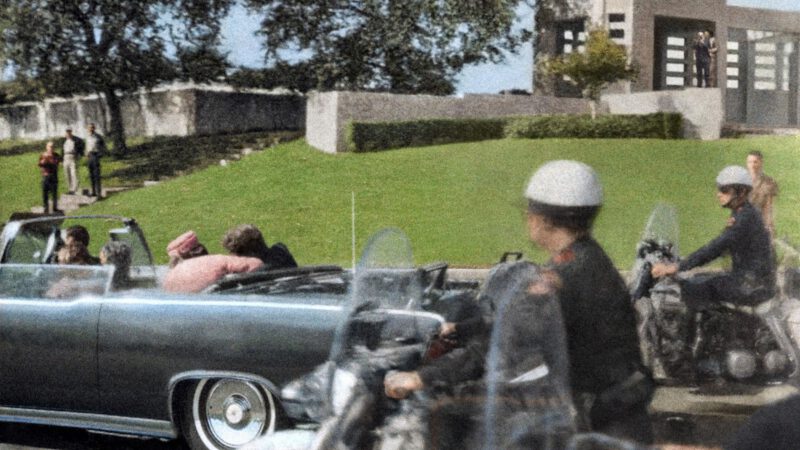
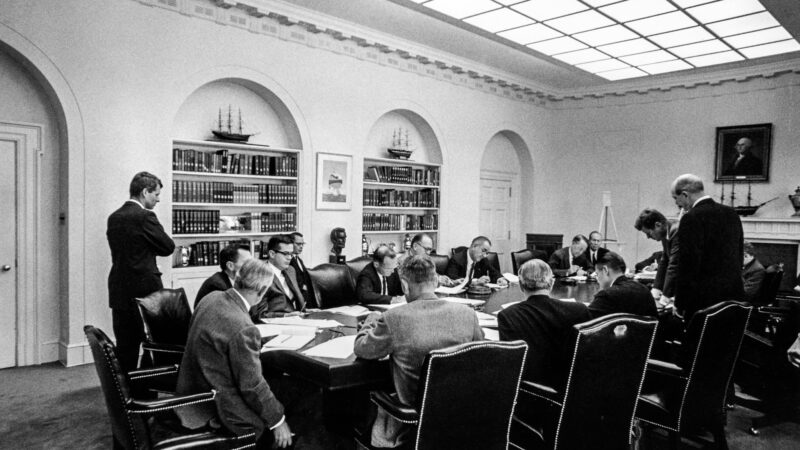

One thought on “Troublesome youth of Lee Harvey Oswald”